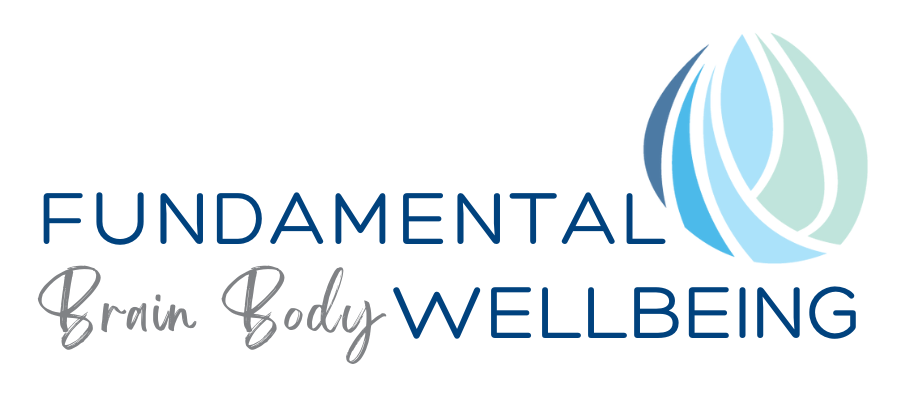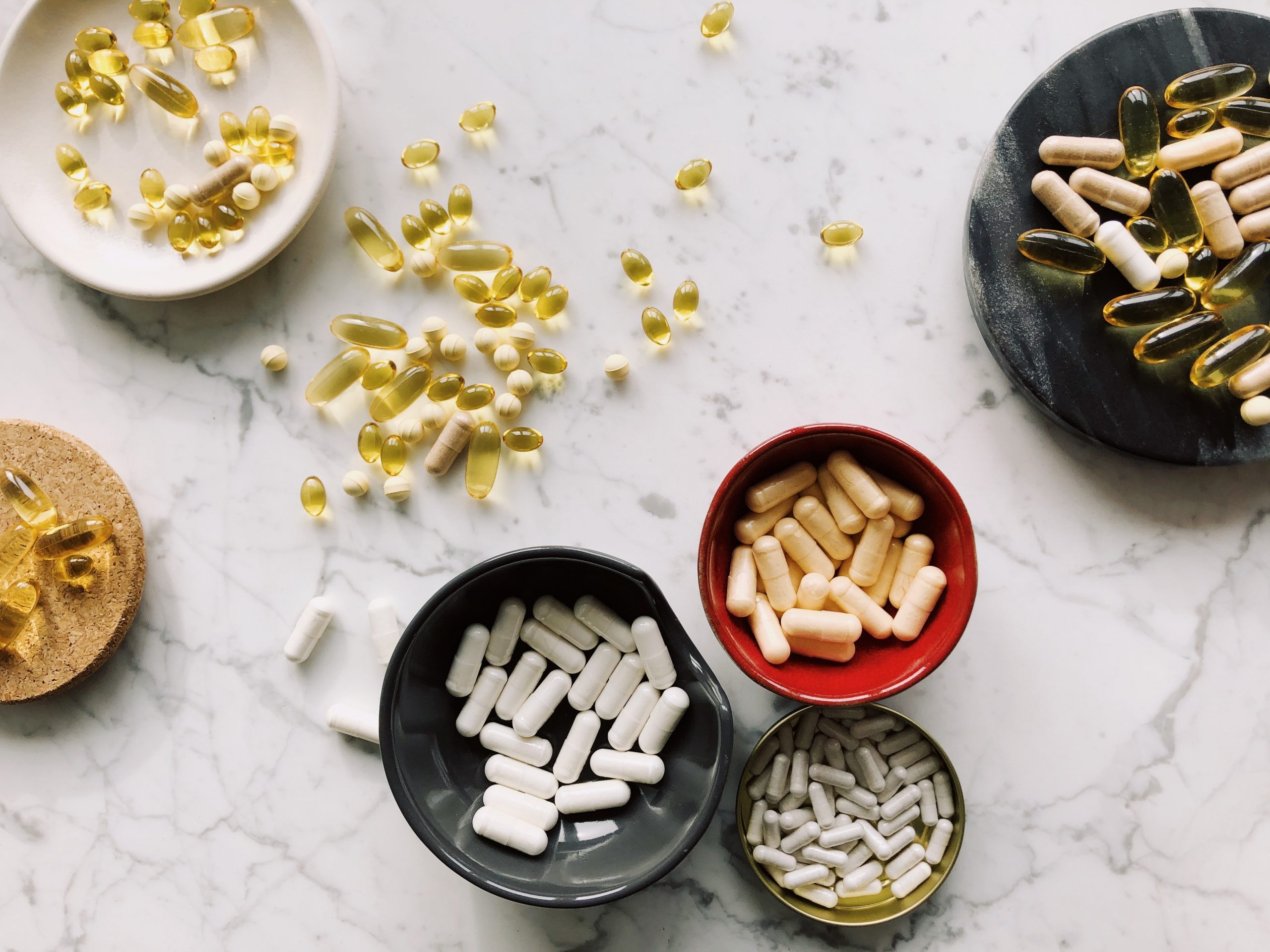Why anti-histamines can ease symptoms of PMS & PMDD
Have you heard of people using anti-histamine medications to control their PMS and PMDD symptoms? If you’ve ever wondered why it works, read on…
First, a little background on Histamine
Histamine is commonly known as an inflammatory immune mediator responsible for those annoying symptoms of allergy, including digestive upsets, diarrhoea, rashes, hives, hay fever, sinus congestion, fluid retention, headaches and migraine.
In response to compounds recognised as pathogens, histamine is produced and released from mast cells, which are present in almost every body tissue (hence the systemic allergic effects). It is deactivated by the enzymes DAO (diamine oxidase) and HNMT (histamine N-methyltransferase). The inflammation it stimulates is there to promote healing and clearance of those allergens and pathogens.
Histamine is also a stimulating neurotransmitter acting on the nerves and brain tissue, responsible for arousal and wakefulness – which in excess can cause anxiety and insomnia.
It can also stimulate hormone secretion from the pituitary gland – namely, luteinising hormone (LH) which triggers the ovaries to release estrogen.
Estrogen then stimulates mast cells to release histamine, AND it inhibits the DAO enzyme, thus we get a vicious cycle of estrogen + histamine + estrogen as histamine concurrently stimulates further estrogen release.
Soon comes the situation known as estrogen dominance, which can result in those typical symptoms of severe PMS and PMDD: mood swings, anxiety, irritability, as well as physical symptoms like bloating, fluid retention, heavy bleeding and painful periods.


Breaking the cycle is where anti-histamines come into it, and trying an over-the -counter antihistamine could provide good insight into what’s going on in your physiology around premenstrual time (& ovulation, when estrogen & histamine are also high). However, long-term use of anti-histamines isn’t recommended, as it’s linked to memory loss and cognitive decline.
There are other options to support effective clearance of estrogen & histamine to control both menstrual symptoms as well as those of excess histamine (or histamine intolerance).
2. Support progesterone production, which helps to balance out the effects of estrogen, as well as up-regulating the DAO enzyme to reduce histamine (one way progesterone has an anti-inflammatory action)
3. Supplements like quercetin, B6 and magnesium help to clear histamine and stabilise mast cells. They also work by supporting progesterone and the GABA system
4. Ensure good estrogen clearance through the liver and bowels – a daily poop is necessary! Cruciferous vegetables (broccoli, kale & cabbage family) are known for their estrogen-modulating effects, as are phytoestrogen foods (eg organic soy products, flaxseed).
5. Xenoestrogens and other endocrine disruptors make everything worse. We are exposed to increasingly high amounts of pollutants in our water, environment, food, cosmetics and cleaning products – so minimise your exposure as much as possible and choose natural products wherever you can.
6. STRESS REDUCTION & MANAGEMENT, as always, is also important! Chronic stress is an inflammatory condition that contributes to both excess histamine and hormone imbalance.
7. Address gut health – many species in the gut microbiome are responsible for over-production of histamine, as well as poor clearance of estrogen.
Which came first?
Who knows! But histamine intolerance and estrogen dominance often go hand-in-hand, so in managing one you should address both anyway.
How do I know if Histamine is my core issue?
It’s hard to tell, to be honest. But one way of testing it is to take an anti-histamine during your premenstrual phase when you are feeling PMS or PMDD symptoms – if you feel relief then it might be worth exploring excess histamine or histamine intolerance as a way of managing PMDD.
If you already have a tendency to hayfever, eczema, asthma and/or other allergies, these could be a sign that histamine is a part of the problem.
If you have physical signs of estrogen dominance, such as heavy bleeds, painful periods, fibroids or endometriosis – start there!
Get extra support from a histamine expert like Luanne from Happy Without Histamine or a PMDD practitioner like me! Book here for a free chat about how I can help you.

